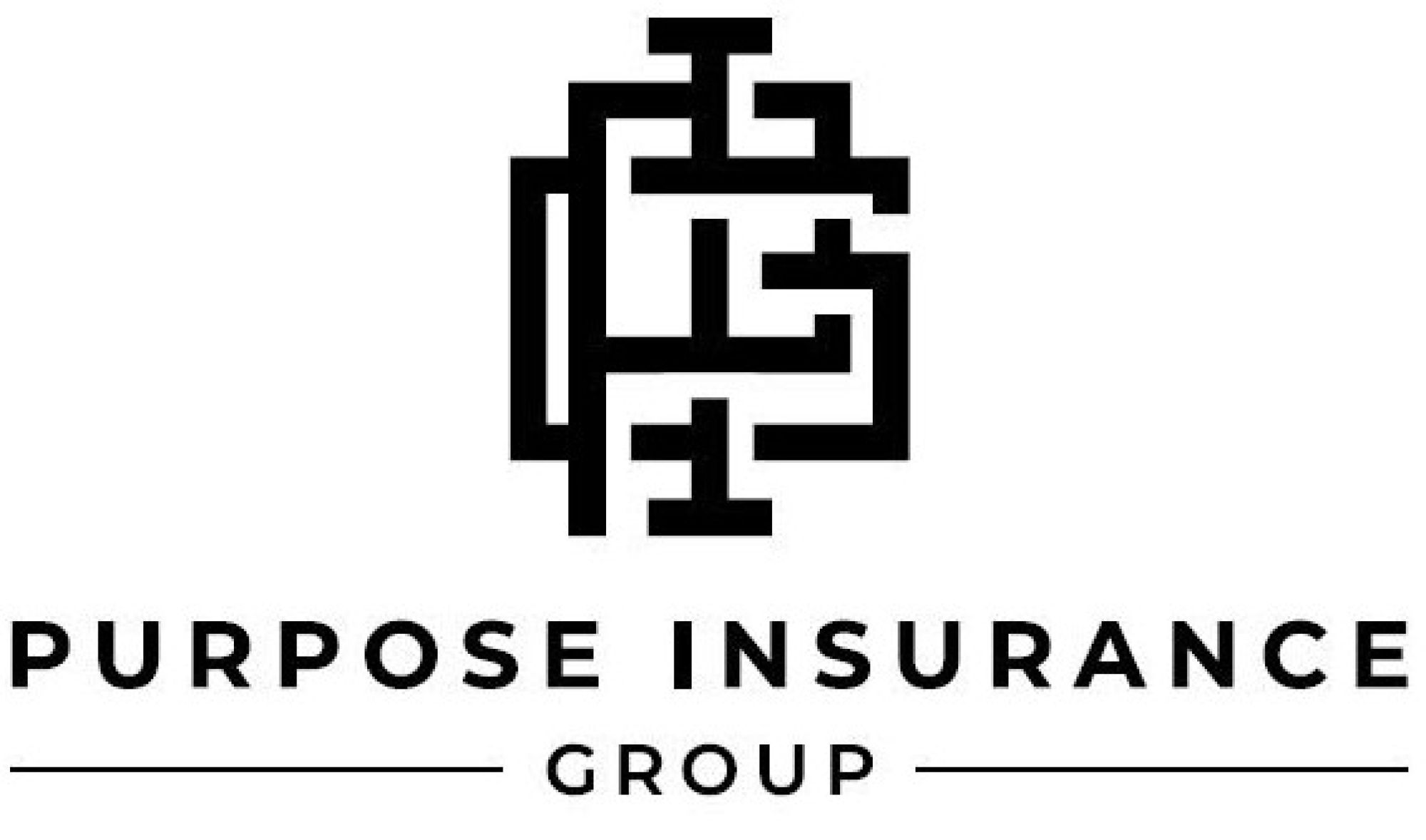The Pacific Prime Statements
Table of ContentsAll about Pacific PrimeMore About Pacific PrimePacific Prime Things To Know Before You Get ThisPacific Prime for BeginnersRumored Buzz on Pacific Prime

This is since the information were collected for a duration of solid economic efficiency. Of the approximated 42 million individuals who were without insurance, all however regarding 420,000 (concerning 1 percent) were under 65 years of age, the age at which most Americans become eligible for Medicare; 32 million were adults between ages 18 and 65, around 19 percent of all grownups in this age group; and 10 million were kids under 18 years old, regarding 13.9 percent of all kids (Mills, 2000).
These quotes of the number of persons without insurance are created from the annual March Supplement to the Existing Population Study (CPS), conducted by the Demographics Bureau. Unless otherwise kept in mind, national quotes of individuals without health insurance and percentages of the populace with various sort of protection are based upon the CPS, one of the most commonly utilized resource of estimates of insurance policy protection and uninsurance prices.
Get This Report on Pacific Prime

Still, the CPS is particularly useful due to the fact that it generates yearly quotes relatively swiftly, reporting the previous year's insurance coverage estimates each September, and due to the fact that it is the basis for a consistent collection of estimates for greater than twenty years, enabling evaluation of fads in coverage gradually. For these reasons, in addition to the substantial usage of the CPS in various other studies of insurance policy protection that are provided in this record, we rely upon CPS estimates, with constraints noted.

The estimate of the number of without insurance individuals expands when a populace's insurance standing is tracked for numerous years. Over a three-year period starting early in 1993, 72 million individuals, 29 percent of the united state populace, lacked insurance coverage for at least one month. Within a single year (1994 ), 53 million individuals experienced a minimum of a month without insurance coverage (Bennefield, 1998a)
Six out of every ten without insurance grownups are themselves employed. Although working does enhance the chance that a person and one's relative will have insurance, it is not a warranty. Also participants of family members with 2 full time breadwinner have almost a one-in-ten opportunity of being without insurance (9.1 percent uninsured price) (Hoffman and Pohl, 2000).
The Basic Principles Of Pacific Prime
New immigrants make up a considerable percentage of people without wellness insurance policy. One analysis has actually associated a considerable portion of the recent development in the dimension of the U.S. without insurance population to immigrants who showed up in the country in between 1994 and 1998 (Camarota and Edwards, 2000). Current immigrants (those that came to the United States within the past 4 years) do have a high rate of being uninsured (46 percent), but they and their children make up just 6 percent of those without insurance nationally (Holahan et al., 2001).
The partnership between wellness insurance and accessibility to care is well developed, as recorded later on in this phase. Although the relationship between medical insurance and wellness outcomes is neither direct neither easy, a comprehensive medical and wellness solutions research literary works web links health and wellness insurance protection to better access to care, better quality, and enhanced individual and population health and wellness condition.
Degrees of evaluation for checking out the results of uninsurance. It concentrates particularly on those without any health insurance coverage for any kind of length of time.
All about Pacific Prime
The problems faced by the underinsured are in some respects comparable to those dealt with by the without insurance, although they are normally less serious. Health insurance coverage, however, is neither required nor enough to acquire accessibility to medical services. The independent and straight result of wellness insurance policy coverage on access to health and wellness solutions is well established.
Others will get the health care they need also without medical insurance, by paying for it expense or seeking it from providers who supply treatment complimentary or at extremely subsidized prices. For still others, medical insurance alone does not make certain receipt of care as a result of other nonfinancial obstacles, such as a lack of healthcare suppliers in their neighborhood, restricted access to transport, illiteracy, or linguistic and social distinctions.
Unknown Facts About Pacific Prime
Official research study concerning without insurance populaces in the USA dates to the late 1920s and very early 1930s when the Board on the Cost why not try these out of Healthcare created a collection of reports concerning funding physician office visits and hospital stays. This issue ended up being salient as the numbers of medically indigent climbed up throughout the Great Depression.